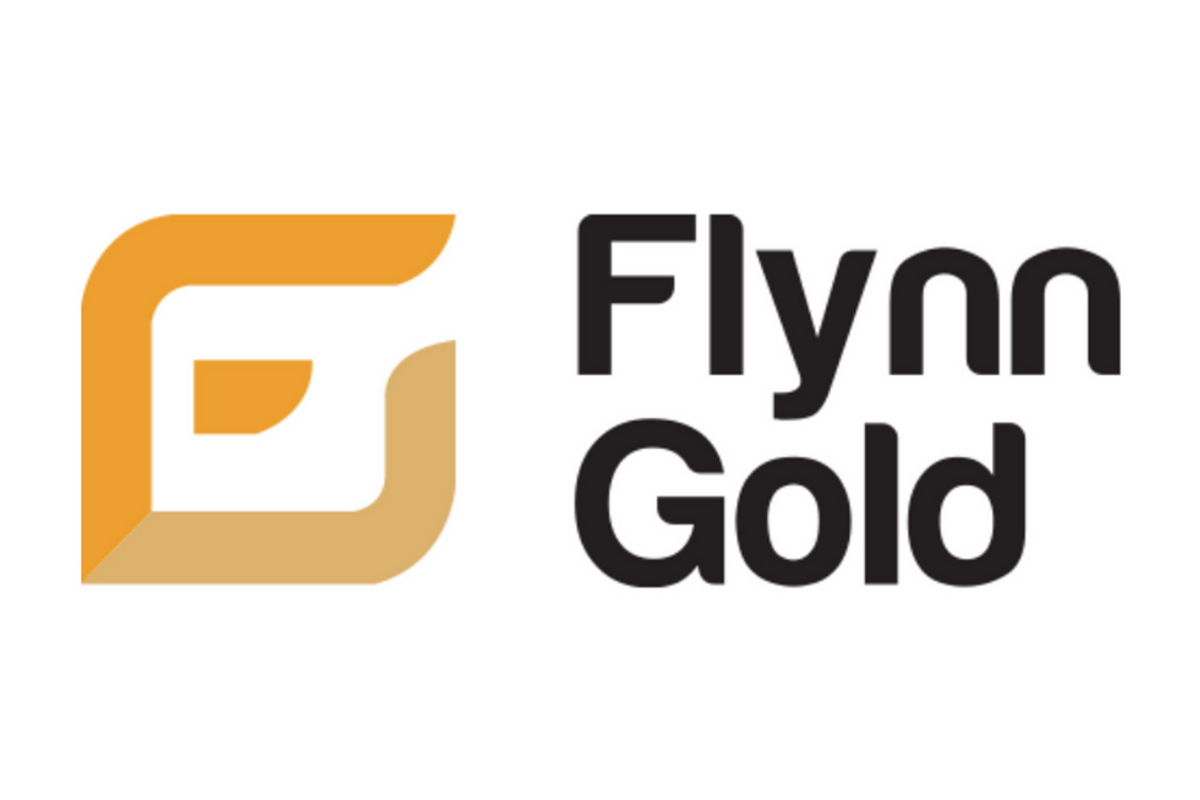Flynn Gold Limited (ASX: FG1, “Flynn” or “the Company”) is pleased to present its Quarterly Activities and Cash Flow Report.
Highlights
Exploration – Golden Ridge Project, NE Tasmania
- Assay results from soil sampling completed during the quarter at Golden Ridge identified new prospect targets and now define anomalous gold in soils over a combined strike length of at least 9km along the granodiorite contact zone, further enhancing the potential large scale of the overall Golden Ridge target deposit
- Infill and extension soil sampling is ongoing across the Golden Ridge project area
- Initial geological/vein modelling of mineralisation at Trafalgar Prospect indicates the deposit comprises multiple sub-parallel high-grade veins and associated splays, open along strike and down dip
- An initial 1,500m drill program (Phase 3) planned at the Trafalgar prospect comprising infill and extension drilling targeting down-dip and along-strike extensions to previous high- grade gold intercepts, includes multiple intersections grading >100g/t Au
- Post quarter, Phase 3 drilling commenced at Trafalgar Prospect
Exploration – Firetower Project, NW Tasmania
- Final assay results from recent 4-hole diamond drilling program received
- All holes intersected significant mineralised intervals, with a best result of:
- 2019FTD007E:
- 17.0m @ 2.31g/t Au, 0.16% Co, 0.38% WO3, 0.16% Cu from 121.0, including:
- 1.7m @ 6.64g/t Au, 0.12% Co, 0.87% WO3 and 0.14% Cu from 121m and
- 5.5m @ 3.27g/t Au, 0.24% Co, 0.53% WO3, 0.33% Cu from 132.5m
- Modelling of updated drilling data indicated key structural controls to polymetallic mineralisation zones with depth and strike extension target zones recognised
- Detailed surface mapping and sampling program initiated over priority target areas
Exploration – Parker Dome Project, WA
- Soil sampling outlined multiple, large-scale lithium anomalies of up to 187ppm Li2O at the recently optioned Parker Dome project
- Lithium anomalies extend up to 2,300m length and 900m width
Exploration – Lake Johnston Project, WA
- Soil sampling outlined a large, high priority lithium anomaly
- Priority Target 1 presents as a large scale (4km x 1km), strong anomaly with 23 samples returning assay results over 100ppm Li2O
Corporate
- Share Purchase Plan and Tranche 2 Placement completed raising $1.1 million
- Post quarter, one-for-two Renounceable Rights Issue, partially underwritten to $750,000 and priced at 3 cents per new share announced to raise up to $2.5 million
- The Company’s cash position at 31 March 2024 was $1.53 million
For further information or to post questions go to the Flynn Gold Investor Hub at
https://investorhub.flynngold.com.au/link/0rJ0Ry
Click here for the full ASX Release
This article includes content from Flynn Gold, licensed for the purpose of publishing on Investing News Australia. This article does not constitute financial product advice. It is your responsibility to perform proper due diligence before acting upon any information provided here. Please refer to our full disclaimer here.

